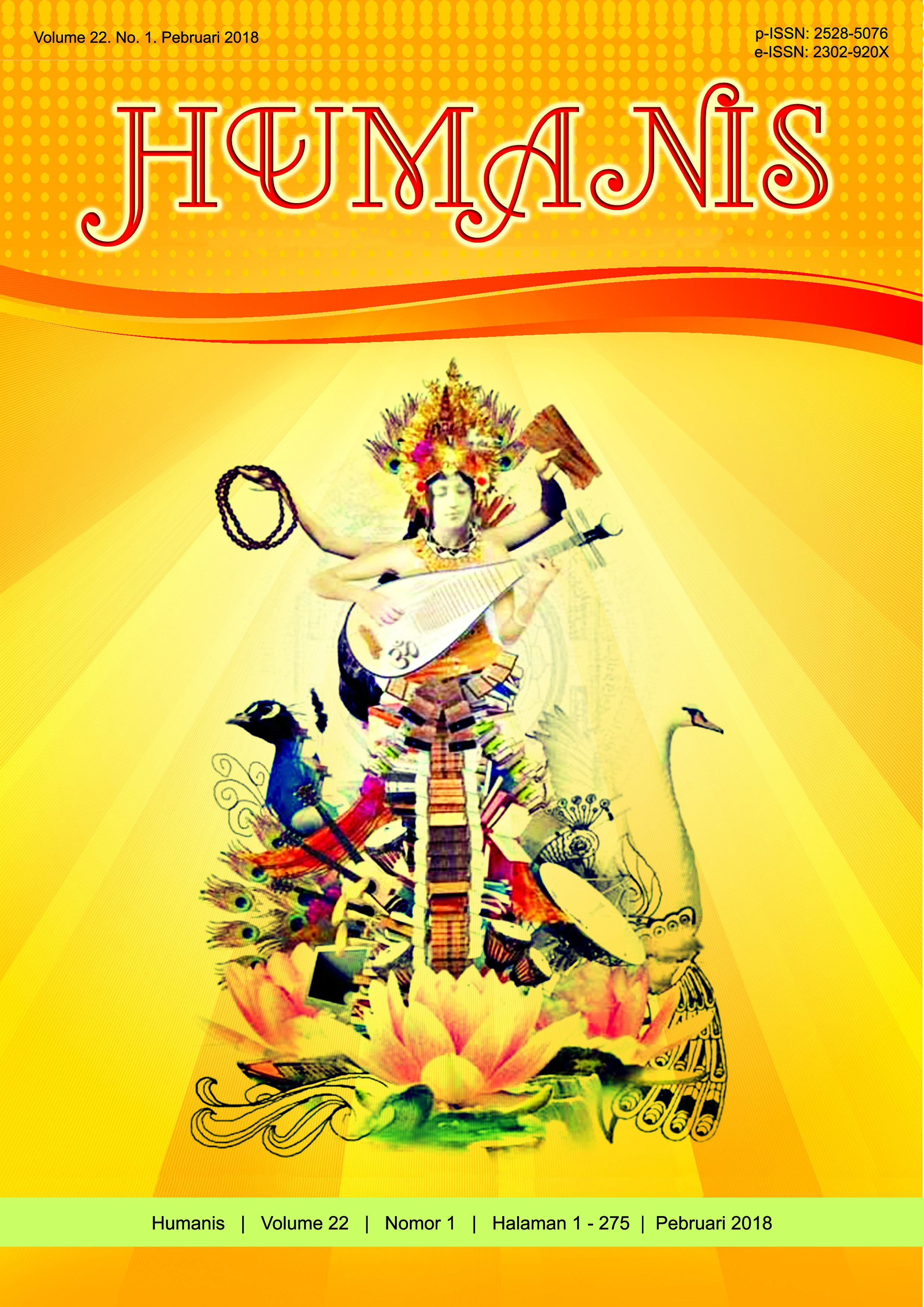The Use of Modal Must and Have to in the Corpus of Contemporary American English
Abstract
The title of this study is The Use of Modal “Must” and “Have to” in the Corpus of Contemporary American English. It aimed at finding structures and identifying meanings of the modals in the Corpus of Contemporary American English (COCA). COCA was used as the data source on http://corpus.byu.edu/coca/. Documentation method was applied in collecting the data in this study. The data were identified, classified, and analyzed about structures and meanings of modal “must” and “have to” by the main theory of Quirk. The results show that the structure of modal “must” followed by verb classes is the most frequently used, second is verb phrases, third is adverbs, and fourth is indefinite pronouns and quantifier positions. The structure of modal “have to” that is followed by verb classes is also the most frequently used, furthermore is verb phrases. Meanwhile, the meaning of modal “must” expresses more messages than the meaning of modal “have to”. Modal “must” expresses a condition cannot be changed or unavoidable obligation, the obligation or necessity from inside the speaker, the idea of necessity, the logically necessary, and the wishes or intentions of the person one is speaking to. Modal “have to” expresses the obligation from outside the speaker, the idea of obligation or repetition, and the unavoidable obligation.


















